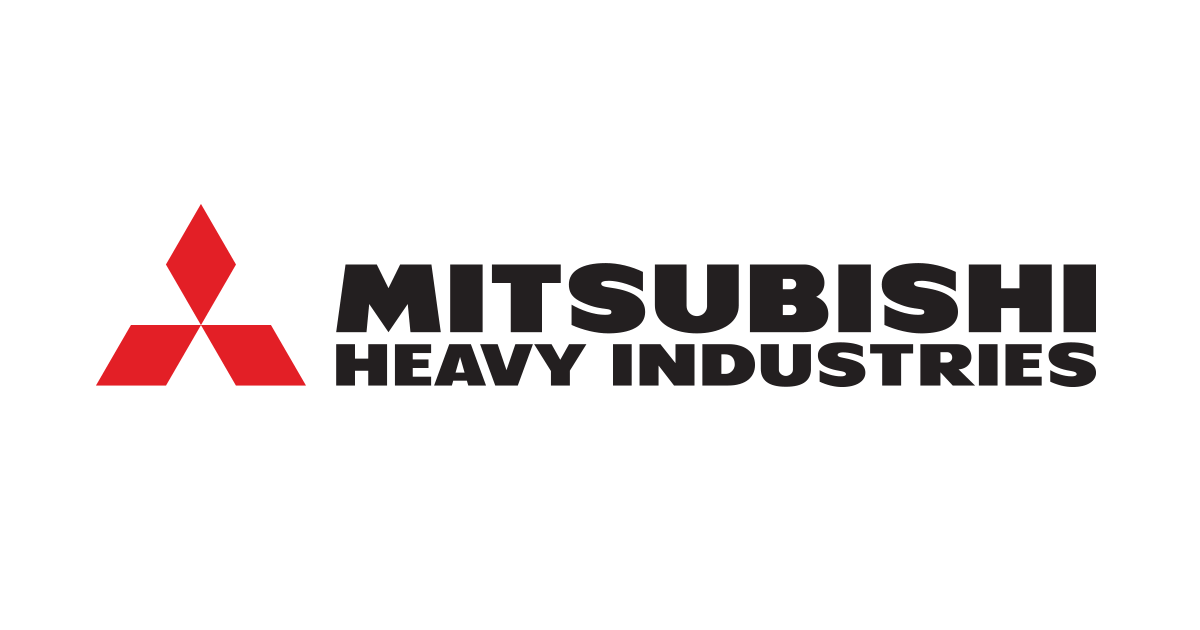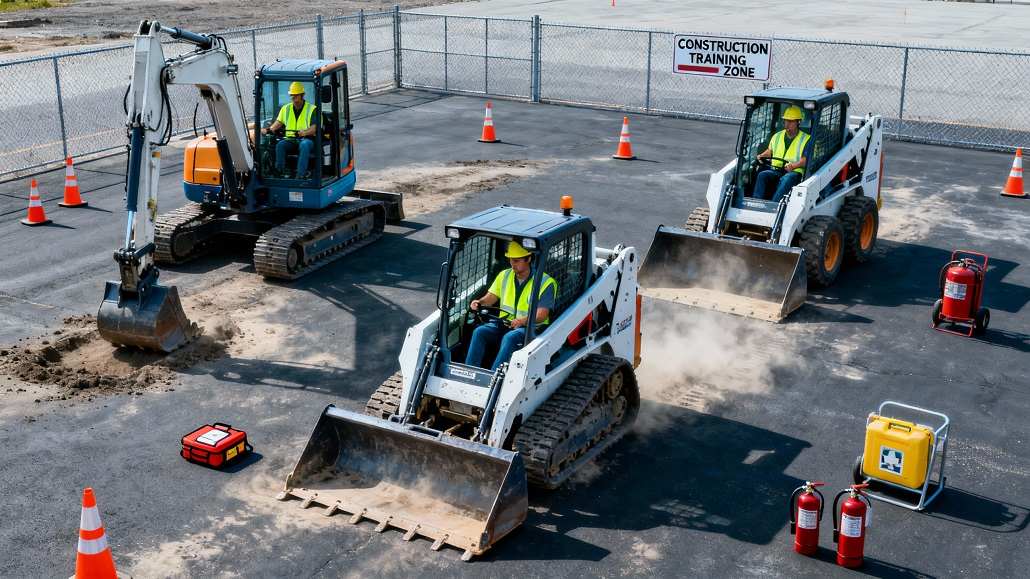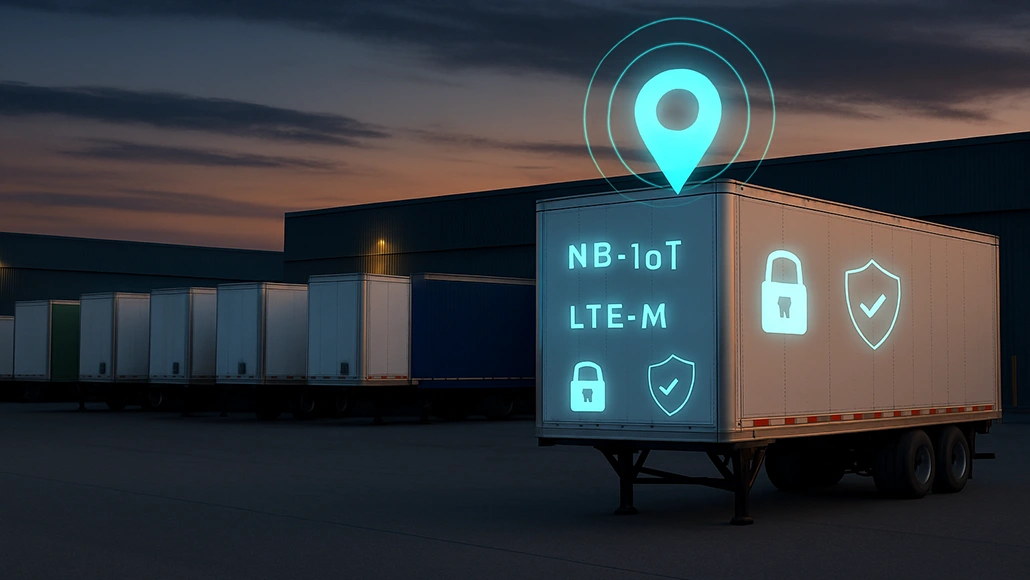International HV gets integrated powertrain upgrade
The HV Series joins the LT, RH and HX in International's lineup to get the S13 integrated powertrain package option.

International Truck is bringing its S13 integrated powertrain to its HV Series vocational trucks. The Scania-inspired and Alabama-built S13 engine and T14 automated manual transmission offer notable improvements to drivability and lower noise levels while operating in dusty off-road environments. The addition of the S13 powertrain to the redesigned HV also eliminates the exhaust gas recirculation cooler and diesel oxidation catalyst from the aftertreatment system, meaning drivers no longer must stop to perform active regens.
With the refresh of its HV Series, International is also offering a new suite of maintenance packages for owners of S13-equipped trucks that lets them tailor an extended coverage plan for the powertrain or powertrain and chassis. A new proactive service planning program uses “Uptime Advocates” to monitor vehicle telematics, schedule planned maintenance, alert fleet managers to potential problems and schedule service events within International’s 600-location service network in North America.
Driver-related improvements in the HV revolve mostly around visibility and safety. Forward visibility on the HV has improved by 48 to 53 inches thanks to a new panoramic windshield and a four- or five-piece hood configuration, depending on the model. An optional LED headlamp package improves visibility by 30% over the standard halogen lamps. Also available are a heating element to defrost headlamps and automatic headlamp dimming when the high beams are activated.
The under-hood LED lamps that were introduced on the MV Series will be available on the HV to illuminate key engine-area components for maintenance and pre-trip inspection when the hood is opened at least 30 degrees. The hood itself requires 30% less force to open than the previous generation HV.
Also new is an adjustable third step between the top and bottom steps that the driver can set based on their individual preferences.
“In a long-haul operation, the truck driver gets in and is driving for a few hours until his break is required, then he gets out,” said Andy Hanson, International’s director of vocational marketing. “But in vocational applications, you may be in and out of the cab many, many times during the day. And so we've heard from our customer base that drivers need a safer way to get in and out of the vehicle.”
The HV also will offer automated fluid checks. Sensors monitor fluid levels and relay a green check or red “X” on the driver display in the cab for engine oil, transmission oil, coolant and other vehicle fluids. This feature will be available with all powertrain offerings, including the S13, Eaton and Allison transmissions and Cummins engine.
The Diamond Logic chassis electrical system is designed to simplify and customize body upfitting. Factory-installed power take-off (PTO) options and the integration of Bendix Wingman Fusion boosts the safety and productivity of the vehicle. New remote power modules deliver more power and control through upgraded electronics and expanded input and output options. Additional integration enhancements include multiple mounting options for common components such as air tanks, air dryers, a more accessible fuel water separator and new options for tag and pusher axles.
The introduction of the revamped International HV, which is available for order now and slated to go into full production in second half of 2025, is timed well for a healthy vocational market that is finally moving past the supply chain woes of the last several years. International’s vocational production is strong, said Chad Conley, International’s vice president of Work Truck, buoyed by a strong residential housing market forecast and demand from government and municipal customers.
“Spending from the Infrastructure Act needs to happen because it is going to run out in 2027,” said Conley. “Through May 2024, we have only announced allocation of $420 billion of the total $1.2 trillion [from the Infrastructure Act]. States have to ramp up that spending in a hurry. We anticipate that will drive continued demand.”

 machineryasia
machineryasia 








